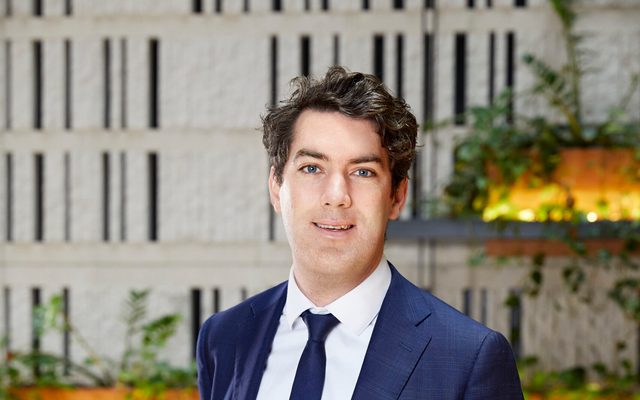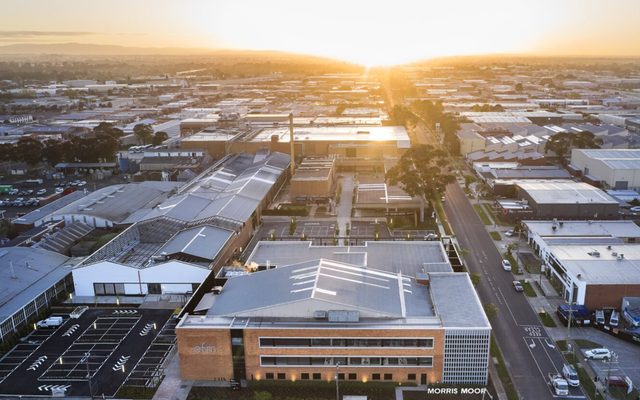This article is from the Australian Property Journal archive
HAVING typically trailed behind their Australian peers, landlords across the Asia Pacific are beginning to consider environmental, social and corporate governance factors in greater numbers when it comes to their real estate assets, as the prospect of a “green penalty” from tenants looms on the horizon.
According to the PwC and the Urban Land Institute’s 2022 Emerging Trends in Real Estate report, which describes the growing mandate for green buildings as “perhaps the most powerful trend to have emerged in the world of commercial real estate over the last decade”, the main catalyst for change continues to come from the private sector rather than regulation.
“Apart from Australia, the Asia Pacific region remains behind the West in this area, but is beginning to catch up. And with climate change continuing to dominate the headlines, the pressure to go green will only increase over time.”
That pressure and demand was seen this week with the Asia Pacific’s largest logistics real estate platform, ESR – soon to become the region’s largest real asset manager outright – upsizing its first sustainability-linked loan (SLL) to US$1 billion after its first close earlier in the November.
More recently, the push has come from occupiers.
“Funds are paying more for the green mandate because they can generate more demand from tenants, and therefore higher rentals. That’s because big corporate tenants, particularly in markets like Australia, are now adopting policies that they won’t take space in buildings below a certain rating,” one Hong Kong–based private-equity investor observed.
Owners are motivated to upgrade so they can lease out space at higher rents, while value-add funds are seeking well-located non-compliant buildings to upgrade them for ESG purposes, and then either let them to better tenants or sell them to typically European or global funds looking for future-proofed buildings.
“While this so-called green premium is very real, however, putting a dollar value on it is difficult,” the report said.
A fund manager at one large private-equity firm cited said, “If we do a WELL rating on an asset, where that really lands is in the productivity of the people who sit in that building. So, when you talk about value accretion, it shows up in places like long WALEs and very low vacancies and rent arrears because you get higher-quality tenants—it’s not as simple as a 1% or 10% uptick in building valuation just because it has a Green Star rating.”
RICS research shows more than half of property players believe that green and sustainable buildings achieve a rent and a price premium. More than one-third believe that the rent and price premium stands at up to 10%; around 15% judge it to be higher still.
The incentive to comply currently applies mainly to higher-end assets that are the domain of bigger investment funds and large corporate tenants. For other buildings, ESG asset enhancement does not stack up in the same way, in particular for opportunistic funds with shorter holding periods.
“For them, there may be plenty of talk about green premiums, but the old discussion over return on investment (ROI) soon rears its head,” the report said.
According to a value-add investor in Japan, there’s a “relatively big limitation on what you can feasibly do. You can build whatever you want provided money is no object, but it’s more a tenant-driven question—it’s hard for us as a landlord, unless we have a tenant ready to commit, to reposition in that way.”
However, the writing is on the wall. According to another value-add investor, “As tenants and their workforces increasingly require ESG-compliant buildings, the issue will escalate—perhaps within a couple of years—to a point where a ‘green penalty’ will begin to apply.”
According to a manager at a U.S. fund group: “I definitely think it’s going to evolve. You’re going to start seeing people paying more for a building that fits within their ESG parameters and environment requirements versus one that doesn’t, simply because the demand is going to be there. [Conversely,] people will not be willing to buy or occupy things that don’t fit their parameters. And our retail customers are absolutely driving that—the big multinationals will say: ‘I love this space, but I can’t possibly get it through because the building doesn’t meet the requirements.’”
One interviewee in Hong Kong noted that the pandemic-driven downturn in market fundamentals was also having an impact on ESG upgrading, as landlords who paid little attention to ESG principles in the past because their buildings were always full begin to lose tenants to their more progressive peers.
The report noted this may help shift slow-to-change markets like Hong Kong in the direction of cities in Australia, for example, where a competitive dynamic is more evident.
Because newly developed buildings are invariably built to energy-efficient standards, it generates further demand for build-to-core assets already popular with investors looking to manufacture yield. This is acting as a catalyst for redevelopment of older buildings.
According to a developer in Hong Kong: “You can always retrofit, but you’re never going to achieve the same standards as a new-build. So, if you have something that’s 40 years old in a key location like Central that might last another five or 10 years if you retrofit, but even then still won’t be grade-A compared to a new-build, you have to think about biting the [redevelopment] bullet earlier.”
The report noted that ESG mandates is tend to apply mainly to commercial real estate projects where the investor or developer has both a long-term perspective and an eye to ongoing operating costs. Residential build-to-sell developments, for example, are a quite different prospect. One Australian residential developer said, “A developer building to sell is going to be very reluctant to incur capital costs and reduce margin for the sake of ongoing operational cost-saving in a building they will have no interest in post-completion.”




